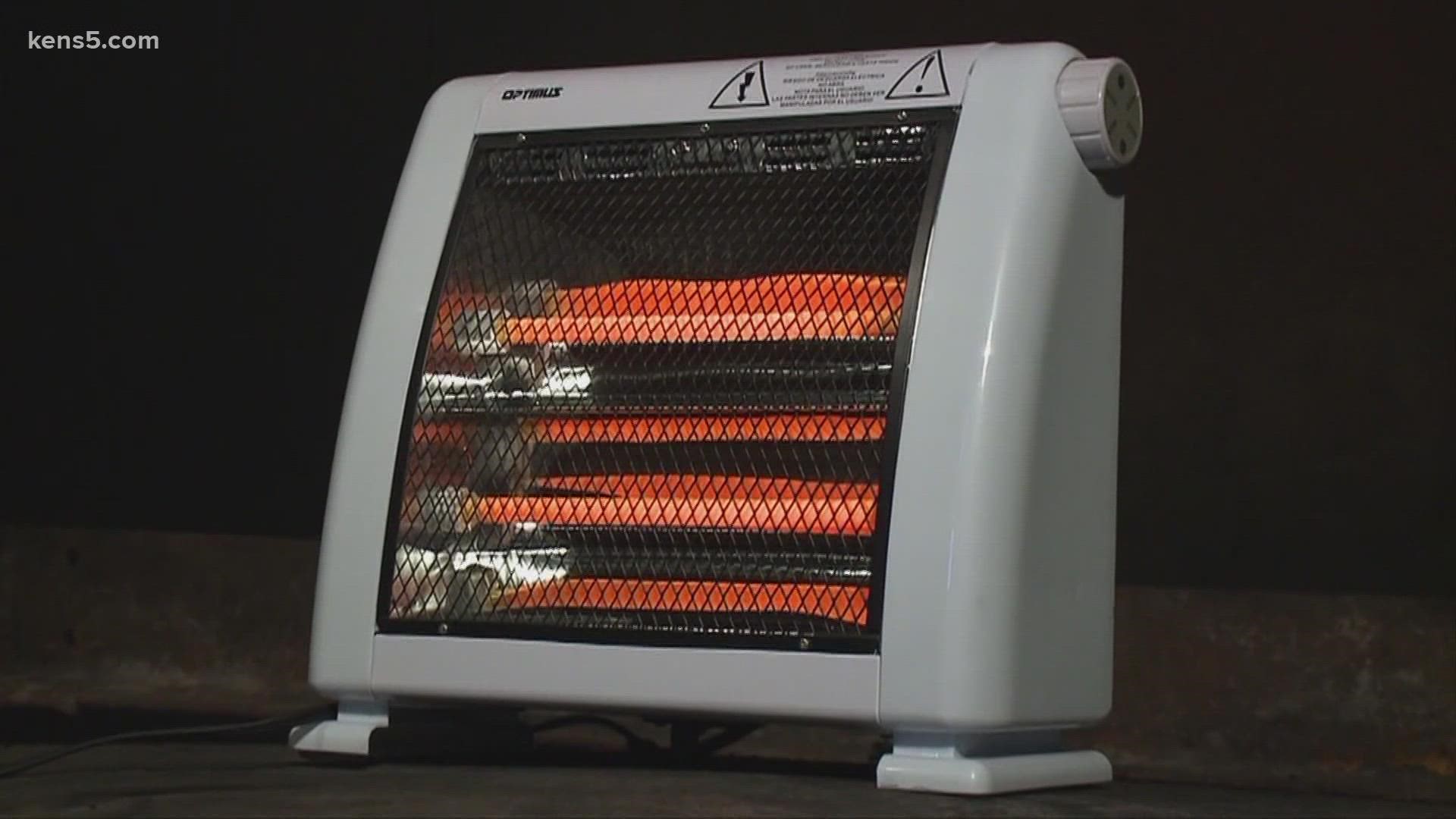AUSTIN, Texas — Texas weather can change in an instant. One day it might be warm and sunny, and the next it could be freezing with ice on the roads.
It never hurts to prepare ahead of time, including checking on your antifreeze levels and making sure your vehicle can handle wintry weather before it hits.
To help your car or truck survive, you should check the battery, windshield wipers (including freeze-resistent fluid), tire tread, tire pressure and fluid levels. It also helps to take time to lubricate door and trunk locks to prevent them from freezing.
Another good idea is to keep emergency supplies in your vehicle, just in case. These could include:
- blankets or sleeping bags
- extra clothing including an extra jacket or rain poncho, boots and mittens
- a car charger for your phone
- a flashlight and extra batteries
- a first aid kid
- a pocket knife
- a compass
- non-perishable foods and bottled water
- a bag of sand or cat litter for tire traction
- an all-hazards weather radio
- a tool kit, including cold weather tools like a snow brush or windshield scraper and extra windshield fluid
- jumper cables
- a tow rope
- a fire extinguisher
- a shovel
- full tank of gas
- flares
You should always monitor local weather broadcasts for up-to-the-minute information. Download KVUE's app for the latest forecast and to track radar 24/7: kvue.com/app.
You should also make sure you have phone numbers for family, work, roadside services and your auto insurance provider. Having these programmed in your cellphone is important, but it would also be a good idea to have them written down somewhere in case your phone dies and you need to use a landline.
If roads become icy but you need to drive, follow these tips:
- Drop speeds down below the speed limit. Those are set at normal weather conditions, not winter weather ones
- Keep three times the typical distance away from another vehicle
- Be cautious on overpasses, ramps and bridges – all areas that tend to freeze first
- If your vehicle begins to slide, TxDOT recommends easing off the gas pedal or brakes and steering into the direction of the skid until the driver regains control

